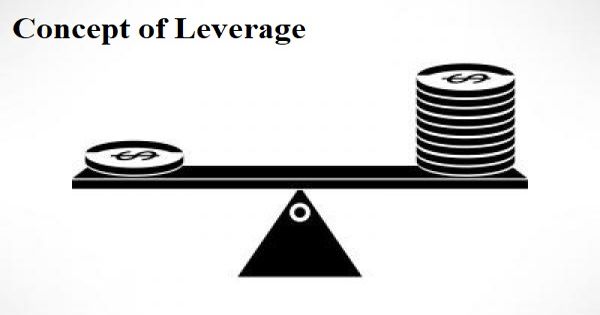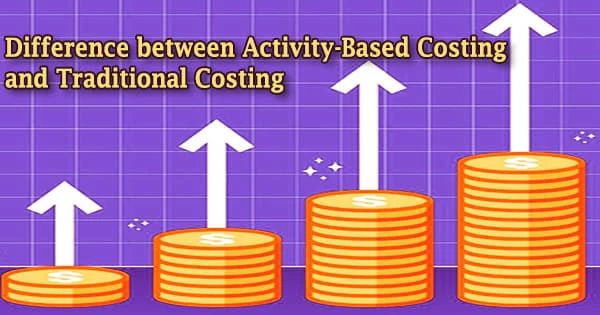Types of Value Added Tax (VAT)
A VAT is levied on the difference between the purchase cost of an asset and the price at which it can be sold. The types of VAT are determined on the basis of the treatment of capital goods of a firm. Input tax paid for capital goods is allowed or not is the fundamental question in the study of types of VAT. The VAT tax is imposed on the value-added at each stage of production and distribution. The VAT is used worldwide as a way to tax the consumption of goods and not the taxpayer’s income.
There are three types of VAT, they are:
- Consumption type
- Income type
- Gross National Product (GNP) type
(i) Consumption Type VAT
A consumption tax is a tax levied on consumption spending on goods and services. Under consumption type VAT, all capital goods purchased from other firms, in the year of purchase, are excluded from the tax base while depreciation is not deducted from the tax base in subsequent years. The tax base of such a tax is the money spent on consumption.
(ii) Income Type VAT
The income type VAT does not exclude capital goods purchased from other firms from the tax base in the year of purchase. This type, however, excludes depreciation from the tax base in subsequent years. The tax falls both on consumption and net investment. The tax base of this type is the net national income.
(iii) GNP Type VAT
Under this type, capital goods purchased by a firm from other firms are not deductible from the tax base in the year of purchase. It also does not allow the deduction of depreciation from the tax base in subsequent years. Tax is levied both on consumption and gross investment. The tax base of this type is the gross domestic product.
Consumption type VAT is widely used. So, by the term ‘VAT’ we basically mean the consumption type VAT.
Information Source:
















